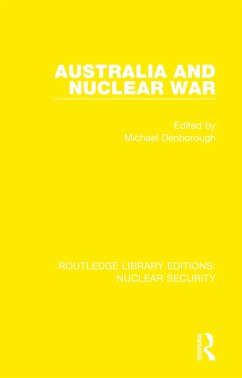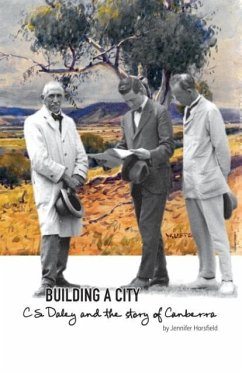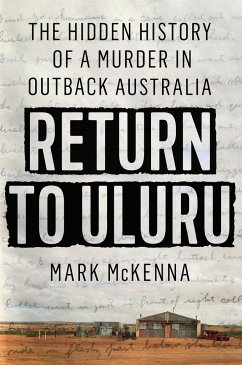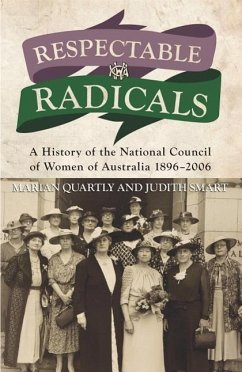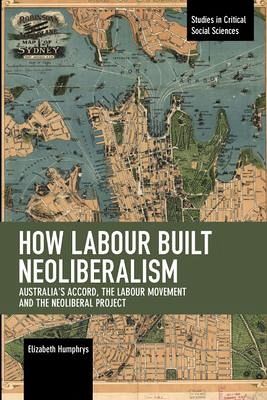
How Labour Built Neoliberalism
Australia's Accord, the Labour Movement and the Neoliberal Project
Versandkostenfrei!
Versandfertig in 2-4 Wochen
38,99 €
inkl. MwSt.

PAYBACK Punkte
19 °P sammeln!
In this timely and controversial treatment of the Australian labour movement, Humphrys examines the role of the Labor Party and trade unions in constructing neoliberalism in Australia.
Dieser Artikel kann nur an eine deutsche Lieferadresse ausgeliefert werden.






